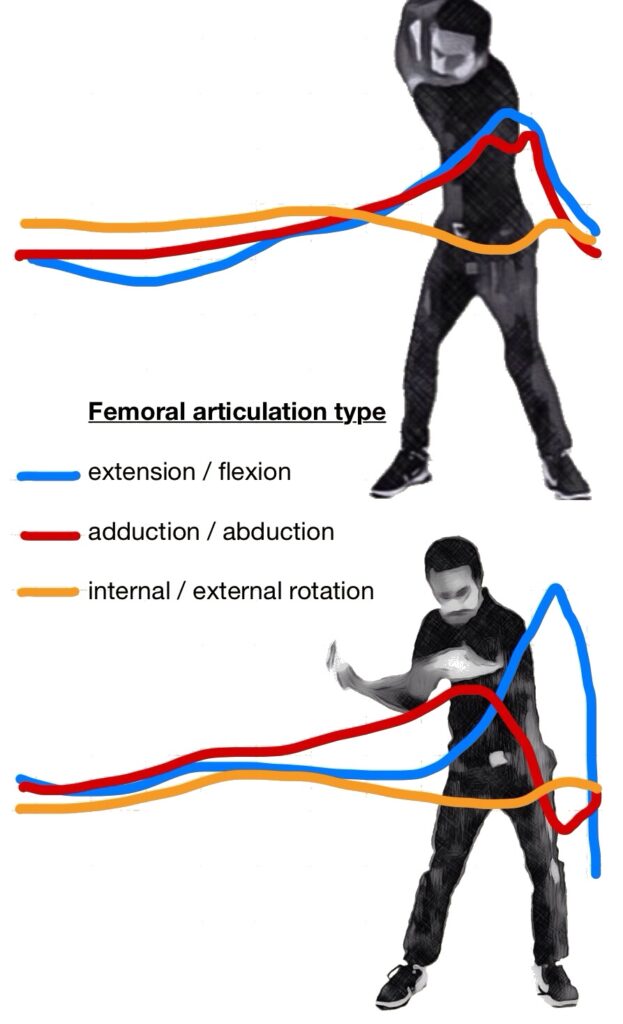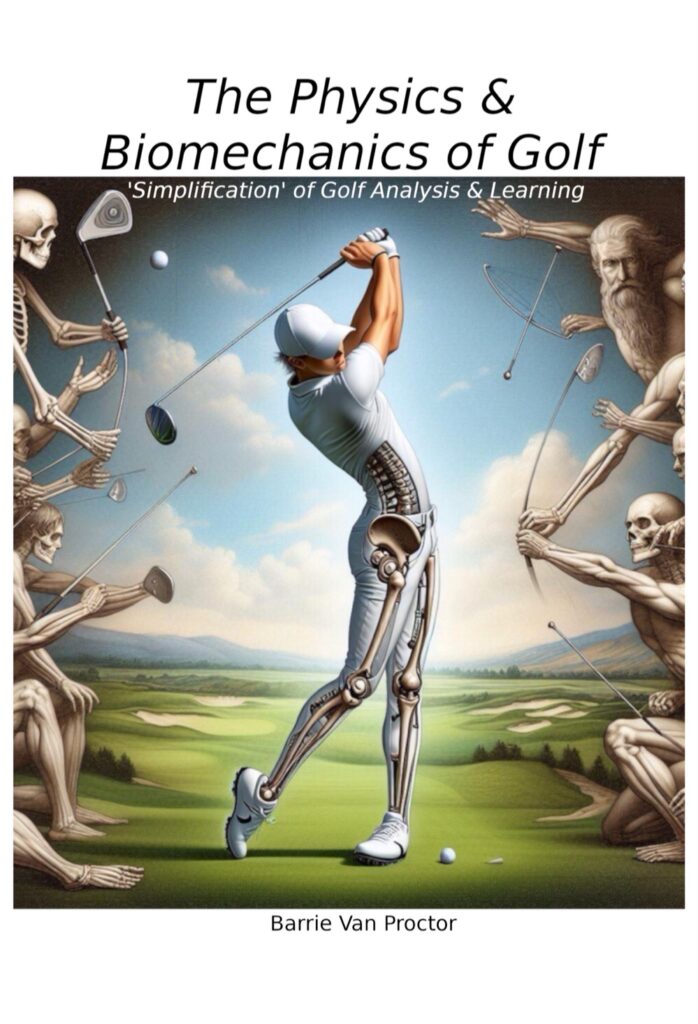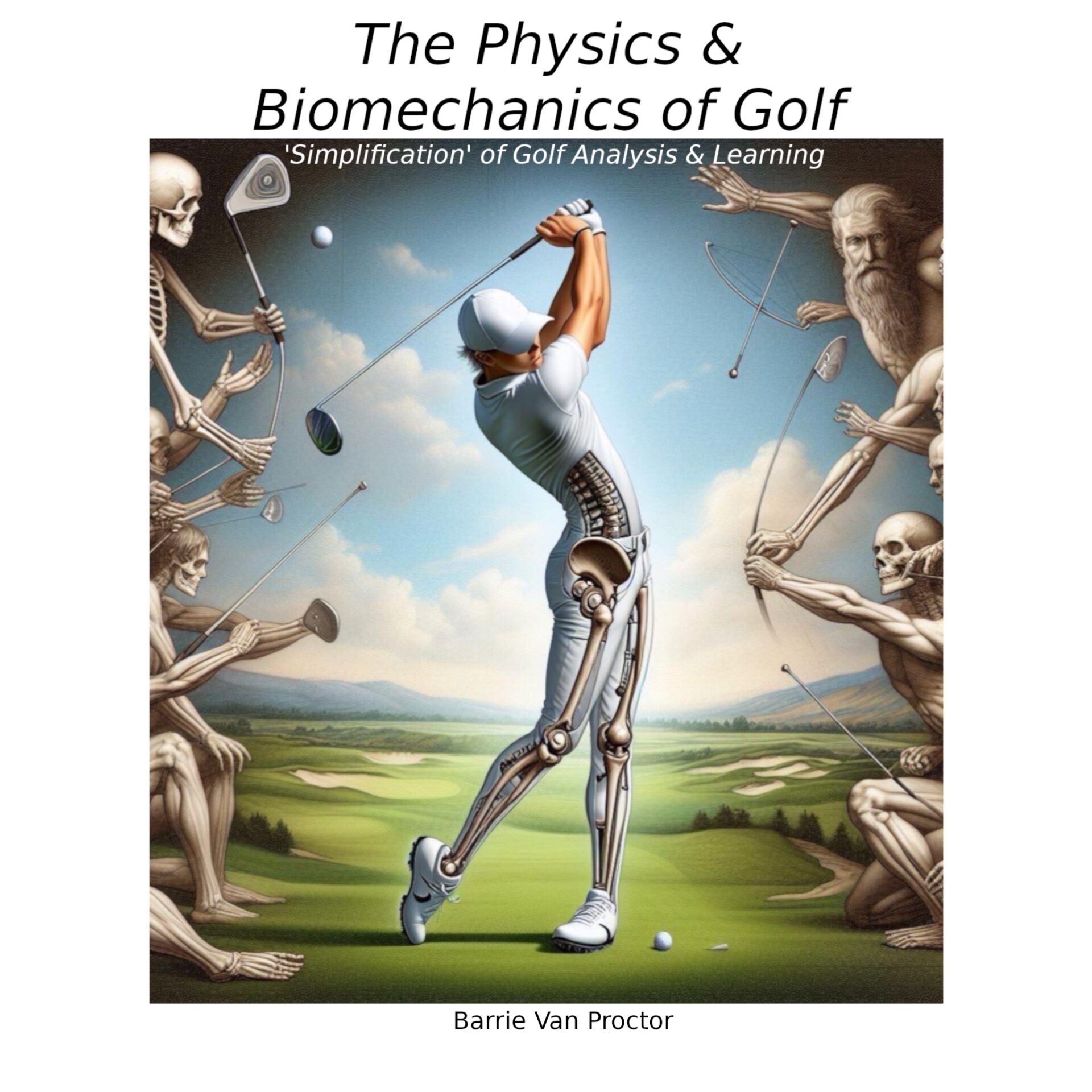Your basket is currently empty!

Is the Golf Swing ‘Top-down’ or ‘Bottom-up’?
The notion that the golf swing is instituted under the feet, has echoed repeatedly around the golfing zeitgeist through the decades. I am not sure where this assertion came from. I believe it to be a quite classic ‘fundamental’, from an era when players certainly elicited very pronounced leg motion. Energy flowing upward from the ground is also beautifully entwined in the teachings of the ancient martial arts. Conversely, a few years back the ‘squat into backswing’ idea, and with it the retention or even increase in trail knee flex, took leg activity back the other way. This was I think when the attempted utilisation of ‘ground reaction force’ (GRF) became somewhat mainstream. Perhaps with the re-emergence of the idea that the interactions of the feet, somehow manifest the subsequent swing dynamics above.
Regardless, the ‘bottom-up’ approach has been adopted by significant swathes of modern golf instruction (although not amongst PGA professionals I have posited the idea to, interestingly). ‘Bottom-up’ dynamics apply to the extent they do, only to the late downswing. If you have read previous blogs, you will have encountered GRF by now. Born of classical Newtonian physics, it states the ground opposes a body with a force equal to the bodies’ mass at rest. But here is the critical point…
…in order to increase (or decrease) GRF, the body must itself have expended that energy to initiate motion and momentums.
Energy is not flowing up from the ground, motivating the feet, legs and in ascension, up through one’s physiology. Just because static contraction anchors and stabilises one upon the ground, it does not follow that movement is initiated from the feet up. Quite the contrary.
In fact, anchoring static contractions are via antagonist muscles, prevented from contracting dynamically by the process of reciprocal inhibition. These are largely the muscles involved in pelvic and spinal extension. Bottom-up activation of these muscles dynamically in order to transfer energy upward from the ground, would turn-off the external obliques, with them hip pivot (required to rotate the lumber, which studies show to be an overall net drag on the kinetic or kinematic chain).
Attenuating momentums in transition and ‘braking’ (see previous blogs) requires principally stabilising ‘static contraction’ in the legs and gluteus muscle groups. However dynamic contractions occur primarily around the core until near impact when the lead knee may extend in driving back the lead hip in pivot. The pelvis facilitates nearly all active torque prior to this at Vx max, so the last thing you would want is to shut-down the primary source of its’ ‘engine’, the lead external oblique.

Either way one must be wary when theorising where the source of movement may originate, as without explanation, dynamic muscle contraction in erroneous segments may also be implied and lead to incorrect sequencing and the compromising of pivot.
Literal implementations of bottom-up notions will almost certainly lead to improper sequencing. The dynamic genesis of the backswing occurs at the upper cervical spine (C2-down). Momentum’s in transition and subsequent pivot into downswing is supported by the legs, to quite a significant extent. A player can elicit a downward force (in ‘free-fall’ as it is described in some long Driving circles) of over two times their body weight. This is what the ground pushes back up against in opposition. But remember, ground force is a static force, it is not itself moving, thus not causing of itself muscle actuation or joint articulation above. This then, is why the golf swing is demonstrably a top-down endeavour, both in terms of the movement of energy and biomechanics.
Through vagaries of 80s era coaching, I myself have been left with overactive arms, hands and wrists in takeaway. Again, this is incorrect sequencing, just of the opposite distal segment to the bottom-up notion. This has taken me 40 years to appreciate, understand the kinematic implications and fathom a framework by which to correct. This even though coaches have brought this to my attention and suggested remedial appropriations many times. Without an appreciation of what should and shouldn’t be happening in a biomechanics sense, this has proved fruitless, as I am sure has been the experience of others.
Although my interest is very much in the scientific nuance of biomechanics and physics, much can be explained or conceptualised in simple terms, for example by thinking about similar movement patterns that occur spontaneously and repeatedly in everyday life. If you think about torso pivot in this sense, say sitting in a chair and turning to engage with someone to the side or behind you, it should be clear that this involves ‘top-down’ kinematics, the feet are not even required to be touching the ground for this particular movement.
As always, if you have, many thanks for taking the time to read my blogs. All the best for the upcoming golf season and if you are struggling to put it all together, I can recommend a good book! 😉🏌️♂️
The Physics & Biomechanics of Golf

golfbiomechanics.net
We author, publish and sell our books here in the UK, along with our worldwide distributors including Amazon. As an Amazon Associate, ‘golfbiomechanics.net’ earns from qualifying purchases on affiliated products. This means that if you click on an affiliate link and make a purchase, ‘golfbiomechanics.net’ may receive a small commission at no additional cost to you. Thank you for supporting this website and helping us continue to provide the best possible, valuable content!
Discover more from golfbiomechanics.net
Subscribe to get the latest posts sent to your email.

Leave a Reply